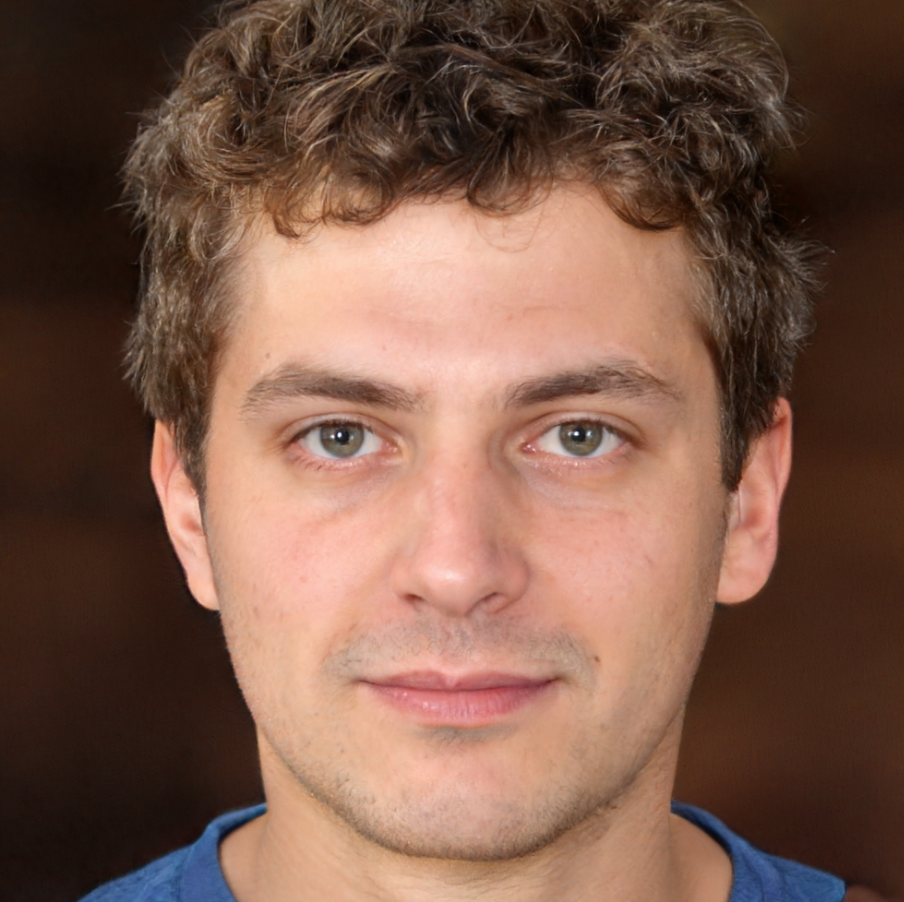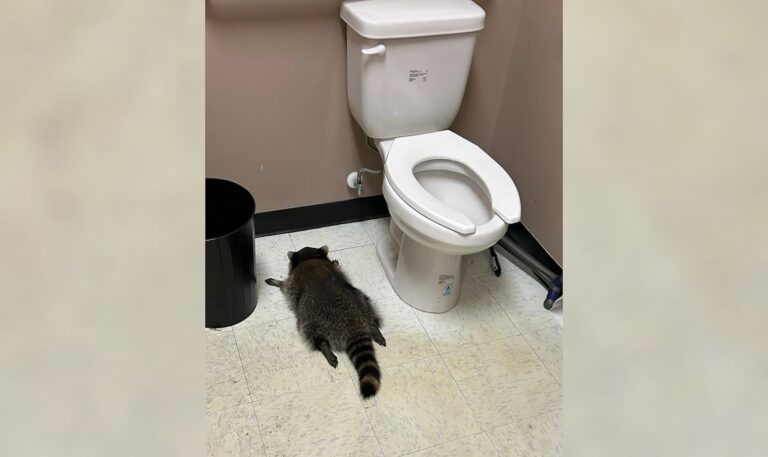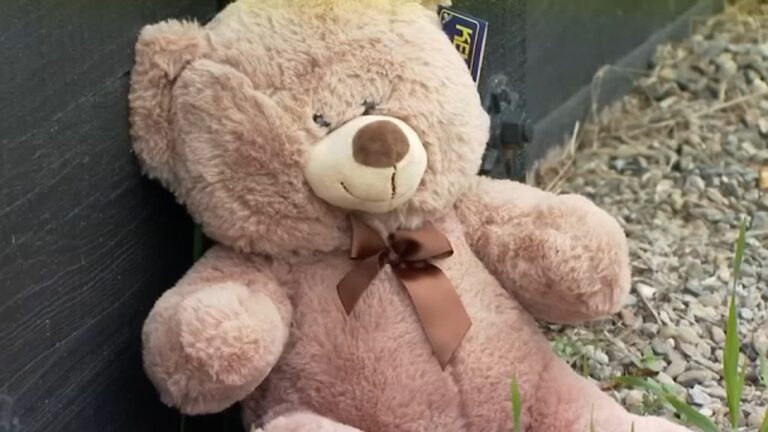
SAN FRANCISCO (KGO) — Ester Hernandez is not one to shy away from controversy.
Her print ‘Sun Mad’ caused a stir in 1982 by reimagining a Sun-Maid raisins box as a warning against the use of pesticides in agriculture.
The iconic print is on exhibit at the New York Museum of Modern Art and has been shown at the Smithsonian American Art Museum, but has never been exhibited in the San Joaquin Valley, where she grew up.
“It’s always been censored but that doesn’t stop me,” says Ester Hernández. “If I have something to say, I don’t worry about how it’ll be taken. I have to create them, if nothing else, to process them through my heart and soul.”
Hernández was born in Dinuba, California. Her parents were farmworkers who picked grapes for the raisin industry.
She was inspired to create “Sun Mad” later in life after learning her parents boiled their water because of pesticide contamination in their groundwater.
VIDEO: SF’s Mission Cultural Center fighting for survival amid move during seismic retrofitting
The director of San Francisco’s Mission Cultural Center fears the organization could disappear while its building undergoes seismic retrofitting.
The print established her as one of the defining artists of the Chicano art movement, but her activism started way before that.
Her first published work was as a student at the University of California Berkeley when she created an illustration for a story about Native Americans facing mercury poisoning in their food. Hernández is of Mexican and Yaqui heritage.
In 1976, she created a print of the Statue of Liberty for America’s bicentennial when she felt there was no attention being paid to the native people of the continent.
The print shows a woman sculpting Mayan symbols out of the monument. She has since created a new take on Lady Liberty.
“The Liberty Statue has a tattoo of the Virgin of Guadalupe with hoop earrings, with her arm lifted up, with the spray can spraying resist. That’s where we are right now.”
The image of Our Lady of Guadalupe appears in a lot of her works.
MORE: The story behind Cesar Pelli, Latino architect who designed SF’s tallest building, Salesforce Tower
The representation of the Virgin Mary has been used as a symbol of hope and protection for centuries, but Hernandez went a step further and created what is considered as the first re-interpretation of the image.
Hernandez was taking a martial arts class at the time and decided to depict Our Lady of Guadalupe doing a karate kick.
“I just did it as a personal expression. It wasn’t until later on that I understood that it was a rallying cry to women, Chicana, Latina, Hispanic to become active.”
She’s also shown Our Lady of Guadalupe as a buddha, a street vendor and as a wanted terrorist for protecting immigrants crossing the border illegally.
“She’s a protectress. We believe she’s there for us no matter what and yet there’s a bounty on us and her,” says Hernández.
The image was so controversial that it has only been exhibited a few times.
VIDEO: Where’s the best Mexican food in the Bay Area? Mexico president says it’s in Redwood City
Mexican President Claudia Sheinbaum says the best Mexican food in the United States is in Redwood City, California.
“I think her shadow looms large over the Chicano, Latinx visual iconography and art history. It’s artwork that begs questions when you look at it, forces a viewer to contend with what the image is trying to relay, ” said Jorge Eduardo Sibaja, curatorial assistant at the Cantor Arts Center.
The Stanford museum has been collecting her archives for 30 years. It includes family photos, sketches and writings, but also some of her works, which is not usual for museum archives.
Last month, Cantor Arts Center began exhibiting some samples of the archives.
“I wanted to show the wide variety of places and topics that her artwork helped to illustrate in her day,” said Sibaja.
Hernández adds to the archives every 10 years, but she doesn’t just view it as a collection of her life. She’s been adding personal items of her extended family to make it a history of the Latino experience in the United State.
“I don’t see it as just my story. I see it as my community and this will be part of my legacy to leave things behind, to tell our story about what happened to us,” she said.
Copyright © 2025 KGO-TV. All Rights Reserved.

Duncan Meyers, founder of BDJOBSTODAY, shares expert career advice, job market insights, and practical tips to help professionals grow and succeed in their careers.




